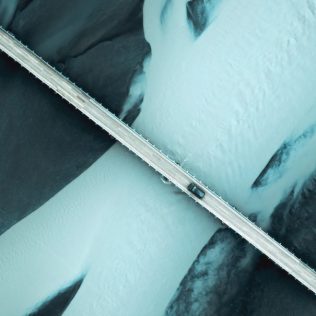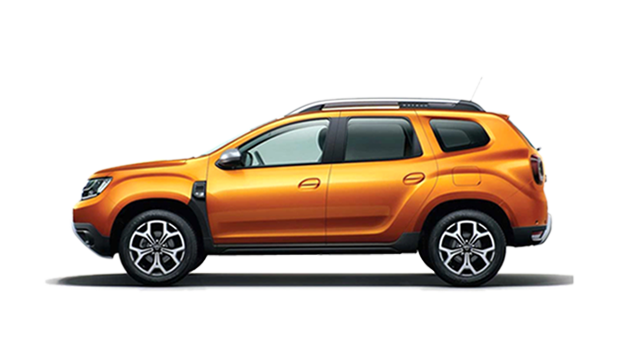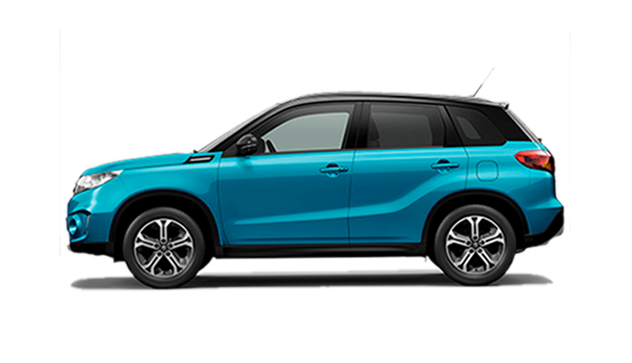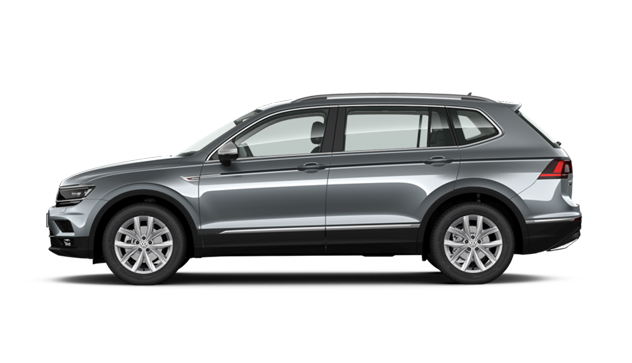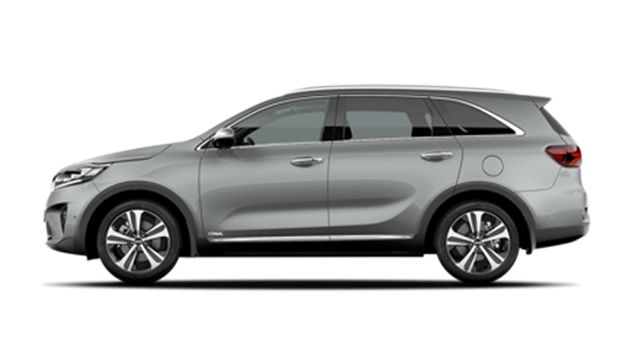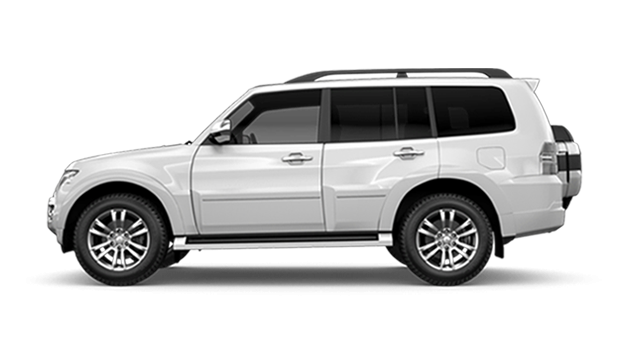Spend any time on internet forums or social media and it won’t be long before you see posts asking how long it takes to drive around Iceland. In an ideal world, the answer would be “how much time have you got?”
But in truth, constraints such as annual leave and the relatively high cost of travelling in Iceland have to be balanced with dreamy but unrealistic plans. Let’s take a look at what you might accomplish if you rush or if you dawdle and then find the sweet spot between the two.
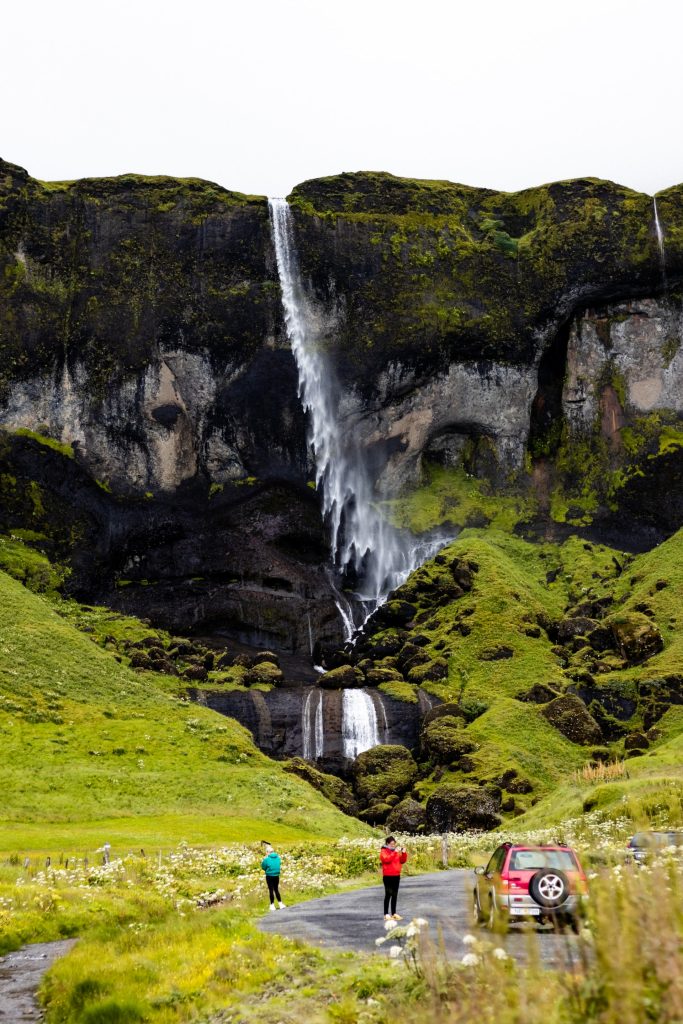
Can you drive around Iceland in one day?
Shall we get the basics out of the way first? If you want to know if it’s possible to drive around Iceland in one day, then the answer is technically yes, you can. Iceland is a small nation and Route 1, often referred to as the ring road, loops almost the entire country. The Iceland Ring Road itself is about 1332 kilometres or 828 miles long.
You’d need to add on a few extra miles to reach it from Keflavik Airport or Reykjavik city centre. With only one day at your disposal, you’d also need to ditch any plans for other tempting detours, such as to the Westfjords or the Snæfellsnes peninsula. But nevertheless, it’s entirely conceivable that you could set out from the Icelandic capital, complete a circuit of the ring road and be done within 24 hours.
It’s just that you wouldn’t want to.
Humour us, for a moment, while we drill down into what that crazy plan would translate to in reality. In summer, Iceland’s northerly latitude means that the drive could be done in daylight, so let’s assume you’re going to do it in June or July. Statistically, the weather should be pretty good during those summer months too.
You might not always be blessed with blue skies, but neither should you have to contend with delays caused by snow and ice. Now what about the vehicle? If you’re going to be sitting down for such an extended period, you’re going to want to be comfortable. But that’s OK too: there are plenty of roomy options to choose from. The traffic, even in peak season, is relatively light, so stay on the tarmac of the ring road and the driving’s typically fairly easy.
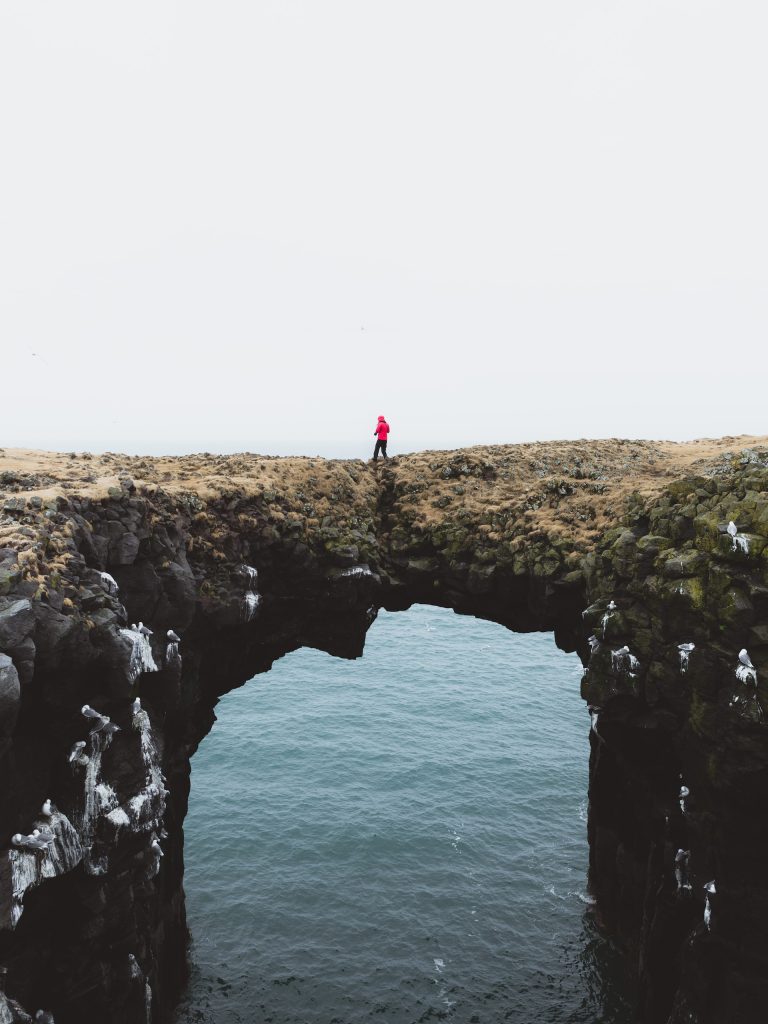
So what gives?
Unless you want to spend your whole day regretting your decision, it would be wise to stoically ignore the landscape and attractions that you’re passing. Pay too much attention to what’s around you and you’ll quickly realise that you’re missing out, big time. Sure, you’ll get a fleeting glance of Skógafoss waterfall, glimpse Vík’s iconic sea stacks outlined against the water and spot icebergs gliding beneath the bridge that you cross as you reach Jökulsárlón Glacier Lagoon.
But even before you’re done with South Iceland, those sights and more will only serve to remind you that if you’d allowed for stops, you’d be enjoying a much better vacation. Glacier views are no bad thing, of course, but think how much better it would be if you were hiking or snowmobiling across its surface. If you’re nodding in agreement, your mind is probably racing ahead: you know you want more than one day, but how much longer do you need?
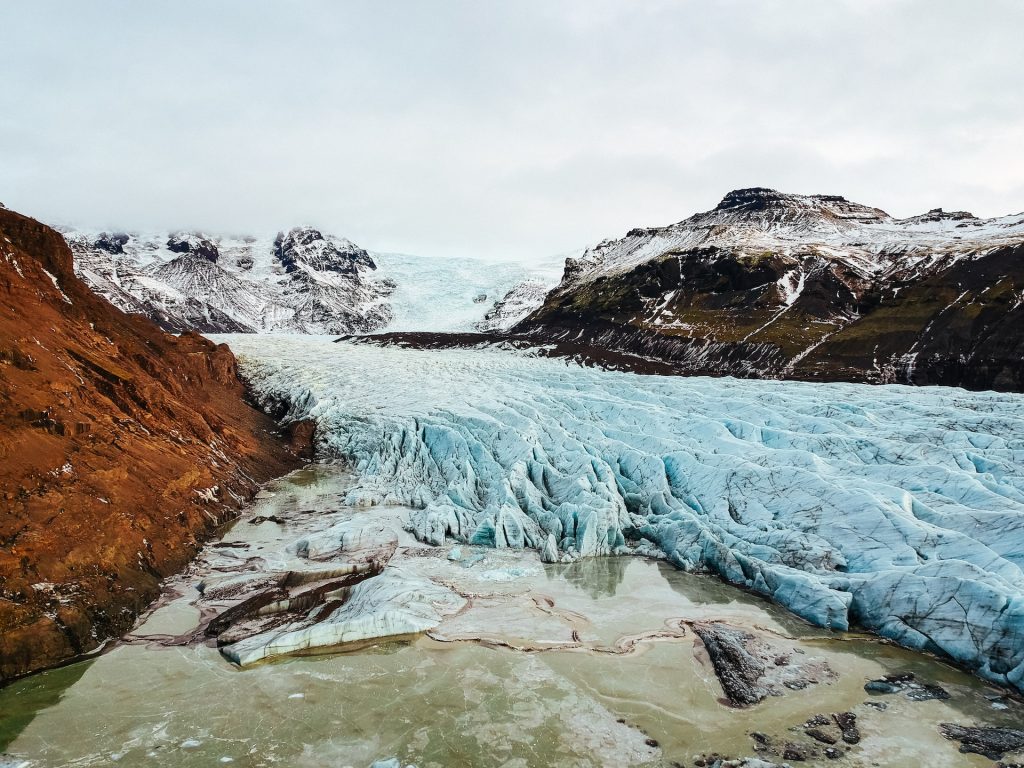
Less than a week in Iceland: where to go
Even a few days’ extra vacation will give you time to experience a taste of what’s beyond the ring road. If it’s that or nothing, you’ll need to weigh up the cost of fuel against what you might reasonably be able to do along the way. That said, your trip is still going to feel rushed and even if you can share the driving, it’s going to be a punishing schedule. If you’re comfortable with that, space out your sightseeing so that you aren’t on the road all day, every day. Let’s assume you’ve set off from Reykjavik and are disciplined enough to rule out making too many unscheduled stops along the way.
Day 1: the south coast
Reykjavik to Jökulsárlón – driving time five hours
Get up early so that you can pull off the road for a very brief pitstop at Skógafoss. This impressive Iceland waterfall often has a rainbow above it which will look great in a couple of hurried selfies. But drag yourself away so you can allocate your first afternoon to Jökulsárlón. Take a boat trip out on the lagoon to watch seals bobbing around and then take a walk over to Diamond Beach to see icebergs glittering in the sunshine.
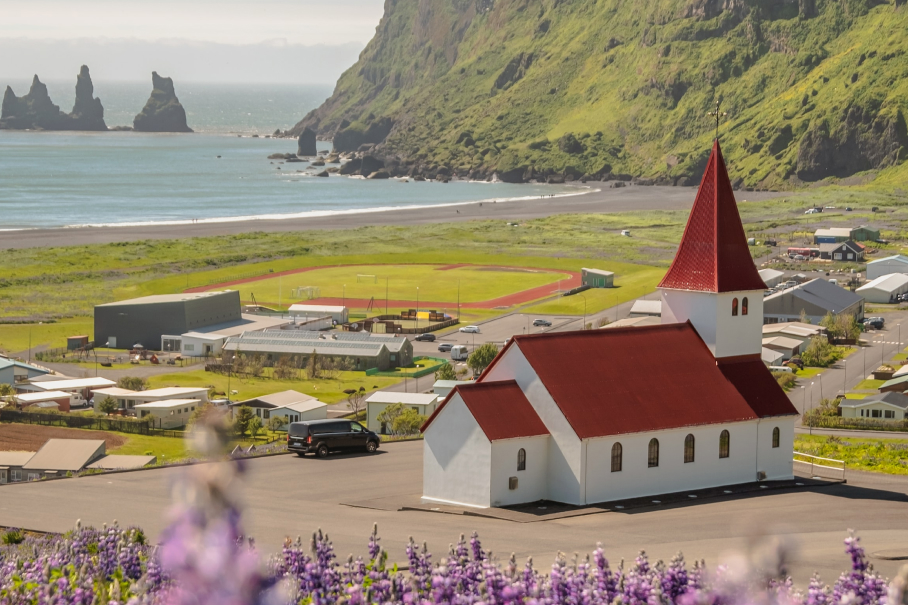
Day 2: to North Iceland
Jökulsárlón to Mývatn – driving time six and a half hours
Driving through remote East Iceland is a real treat. If weather conditions permit, consider taking routes 939 and 95 over the Öxi Pass, a short cut in terms of mileage but an adventurous drive. Later, make a point of stopping at the Námaskarð geothermal area to wander amid the plopping mud pools and steaming craters of Hverir. From there, it’s a short hop to Mývatn Nature Baths for a much deserved, restorative soak.

Day 3: West Iceland
Mývatn to Hvammstangi – driving time four hours
North Iceland has bags of potential for stops and small detours. The best of the bunch is Húsavík, Iceland’s whale watching capital, about an hour’s round trip from the ring road. Allow around four hours for the tour. Just after you rejoin Route 1, you’ll see Goðafoss waterfall, which is conveniently located close to the road. Depending on how you’re doing for time, call in to Brynja in Akureyri so you can treat yourselves to an ice cream.
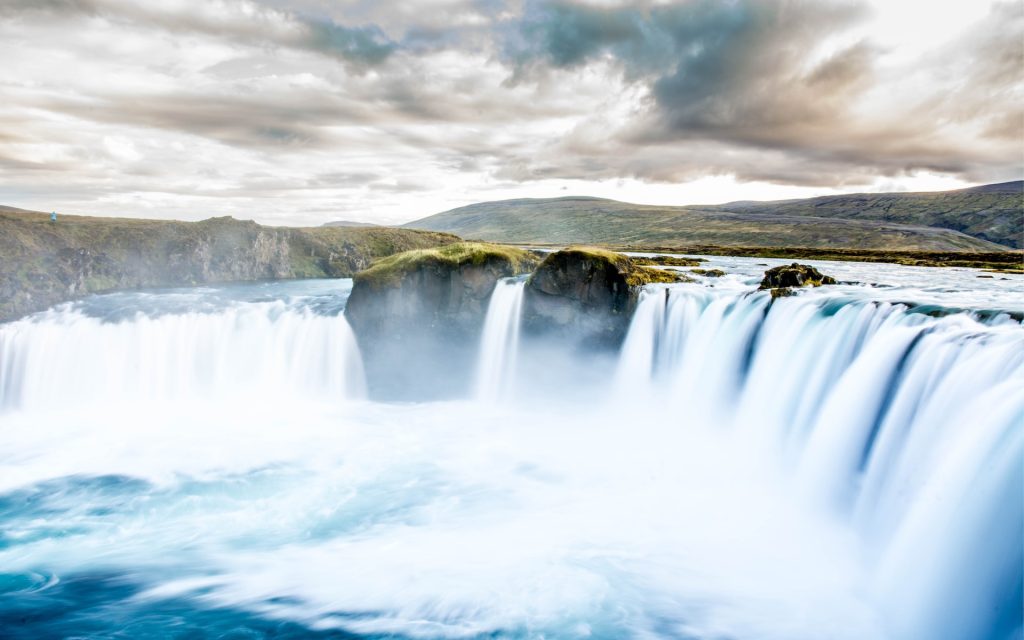
Day 4: back to capital
Hvammstangi to Reykjavik – driving time two and a half hours
You’re on the home stretch now. Figure out whether you want to maximise your time in Reykjavik or get an early start so you can tick off the sights of the Golden Circle. A detour to Thingvellir’s dramatic gorge involves about the same driving time as heading straight to the capital, plus an hour to get to Reykjavik when you’re done. Meanwhile further inland, add on at least an extra hour each way to reach Geysir or Gullfoss, plus time to explore.
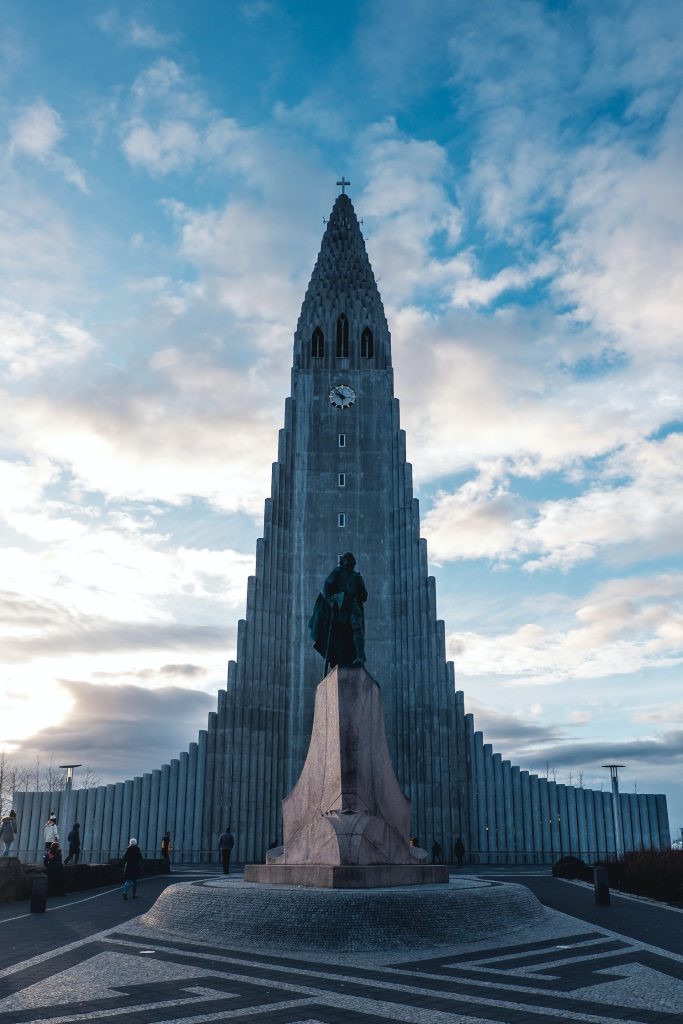
Before or afterwards: the Icelandic capital
Reykjavik’s myriad visitor attractions will keep you amused as long as you want to hang around. Climb Hallgrímskirkja or head over to Perlan’s observation deck for the views. Follow up with at least one museum; pick from an eclectic range of topics that includes punk music and penises. Down on the waterfront you might grab tickets to a concert at Harpa or dine al fresco at the charming Old Harbour. Plenty of bars and clubs make this one of Europe’s best capitals for nightlife until your batteries run low.
A week in Iceland
You’ll have seen with the shorter itinerary that you’re going to spend a lot of time in the car. By definition that means you’ll have driven right by some really cool places that you’d have enjoyed – if only you’d had the time to stop. By doubling the amount of time you have, you can flesh out your itinerary with some of those places that you’d have missed.
Iceland attractions Between Reykjavik and Jökulsárlón
Spend more time at Skógafoss so that you can climb the steps beside it and take in the view out over the ocean. Beforehand, it’s worth parking up at Seljalandsfoss, a waterfall where you can walk behind the curtain of water. Once you reach Vík, you could visit the notorious Reynisfjara Beach – don’t take your eyes off the waves – or join an ice cave tour up on the Mýrdalsjökull glacier.
Just past Hof, if you’re here in summer, consider booking a place on the tour out to the Ingólfshöfði headland. Accessible only by tractor-drawn cart, you’ll scale a towering sand dune to reach the bird colonies above. Closer to Jökulsárlón, you might want to hike to Svartifoss in Skaftafell. This breathtaking waterfall is flanked by basalt columns.
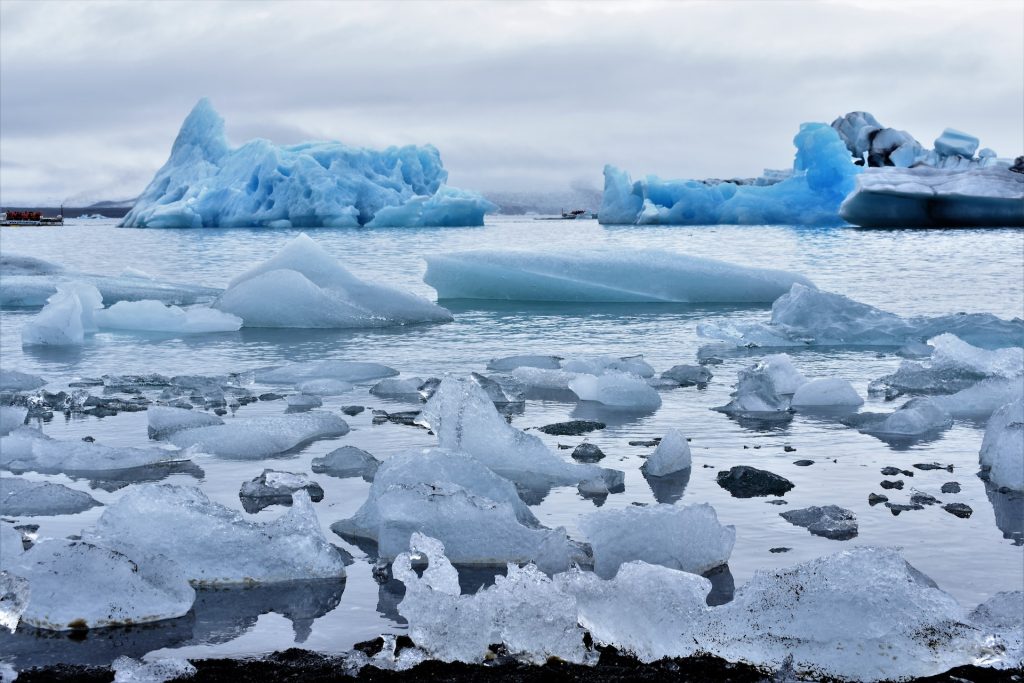
Iceland attractions Between Jökulsárlón and Mývatn
With extra time on your hands you’ll want to visit East Iceland’s fjords. The easiest is Seyðisfjörður; it’s an international port linked by a good road. Once you arrive, you’ll find a postcard-perfect main street where a rainbow path draws the eye to a pretty church. Another option is tranquil Borgarfjörður Eystri, famous for a turf house and the Álfaborg, home to the Queen of the Elves.
Closer to Mývatn, it’s worth spending time at Dimmuborgir, where ancient lava flows cooled to form craggy pinnacles and rugged columns. Its lava caves are believed to be the home of the Yule Lads. Nearby, you’ll also find Grjótagjá, a cave which contains a geothermal pool. It’s too hot to bathe in, but it featured in Game of Thrones so fans will want to stop by anyway.
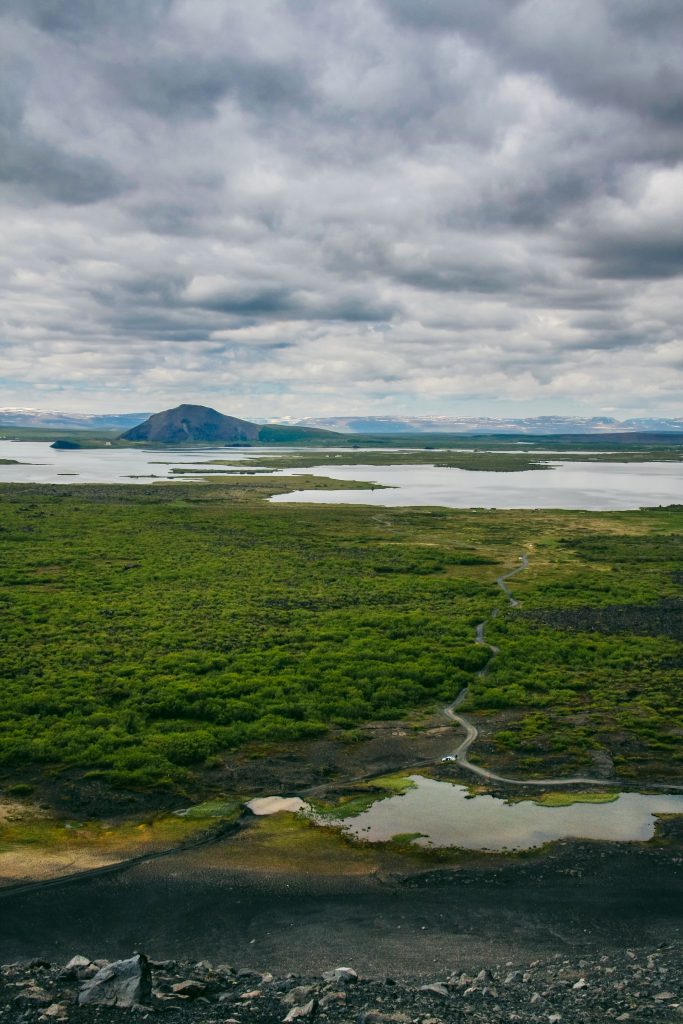
Iceland attractions Between Mývatn and Hvammstangi
Take an extra day to cover this stretch and use it to tackle the Diamond Circle. This scenic drive is North Iceland’s answer to the Golden Circle. One of the highlights is a visit to Dettifoss, Iceland’s biggest waterfall by volume. The sight of such a huge amount of grey water cascading over the rocks is jaw-dropping.
Also on the Diamond Circle is Ásbyrgi, a horseshoe-shaped canyon filled with a forest and a rocky outcrop nicknamed The Island. Further west, at the tip of the Tröllaskagi peninsula, the charming town of Siglufjörður is about an hour’s drive from the ring road. Once this place was a thriving herring port, until one day the fish just swam away. Today, you’ll find an interesting museum which offers a fascinating glimpse into the past. In winter, Tröllaskagi is one of the best places in Iceland for skiing.
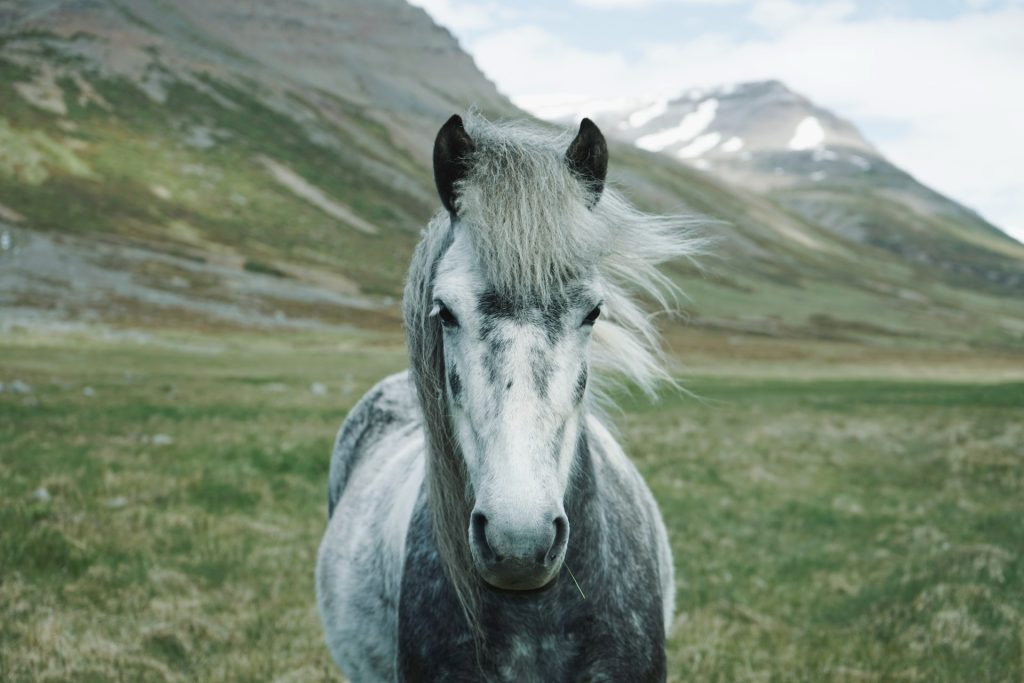
Iceland attractions Between Hvammstangi and Reykjavik
If you’re not in a rush to get back to Reykjavik, then the Snæfellsnes peninsula is worth at least a day, if not more. In many respects, this is Iceland in miniature. Highlights include iconic Kirkjufell, a landmark mountain beside a cute waterfall, which in winter is a popular place to watch the Northern Lights if they show up.
The area boasts some spectacular coastal scenery, including dramatic sea stacks and wild beaches – keep your eyes peeled for seals. It’s also home to Snæfellsjökull National Park; its volcano provided the inspiration for Jules Verne’s classic novel “Journey to the Center of the Earth”. Before you make tracks for Reykjavik, try hákarl at the shark museum at Bjarnarhöfn and take a stroll around charming Stykkishólmur.
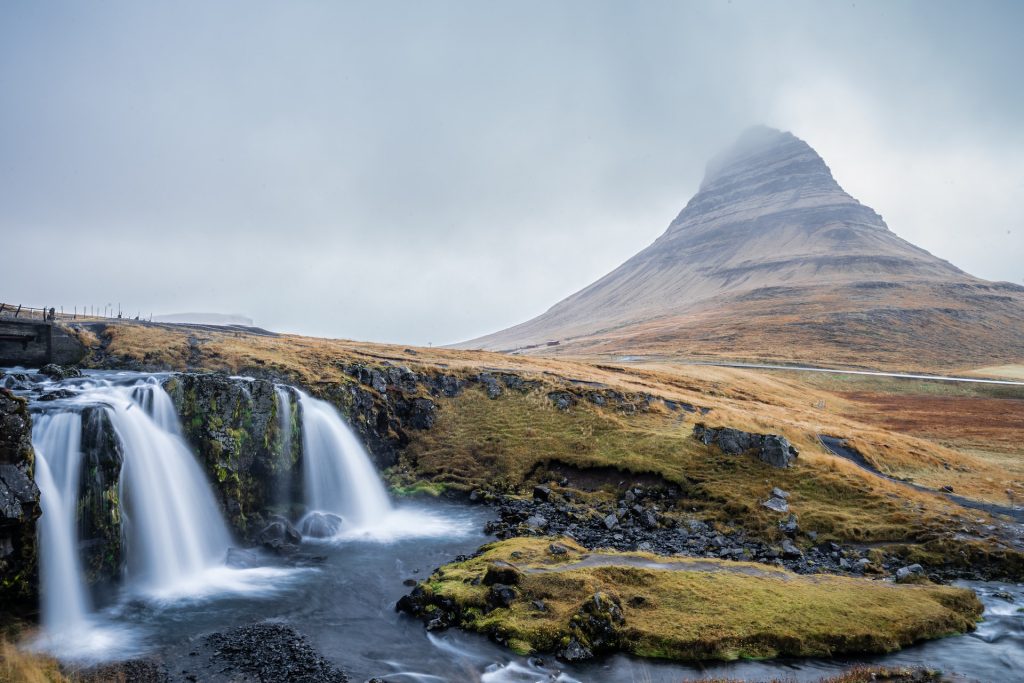
More than a week in Iceland
With more time to play with, the possibilities really open up…
South Iceland: Vestmannaeyjar
Some travellers rule out the Westman Islands as getting there seems like a lot of effort. Actually, it’s pretty straightforward to book you and your rental car onto the ferry for the short crossing to Heimaey. Hike over the Eldfell lava fields just outside town. They’re the result of a 1973 eruption which forced the temporary evacuation of Vestmannaeyjar’s residents. In late spring and summer, purple and blue lupines add a splash of colour to this stark landscape. Boat trips to spot seabirds are also a popular activity with visitors to the Westman Islands. In summer, it’s also worth driving up to the bird hide just out of town to watch puffins come and go. Their clumsy antics are a comical sight as they land awkwardly on the cliff just metres away from you.
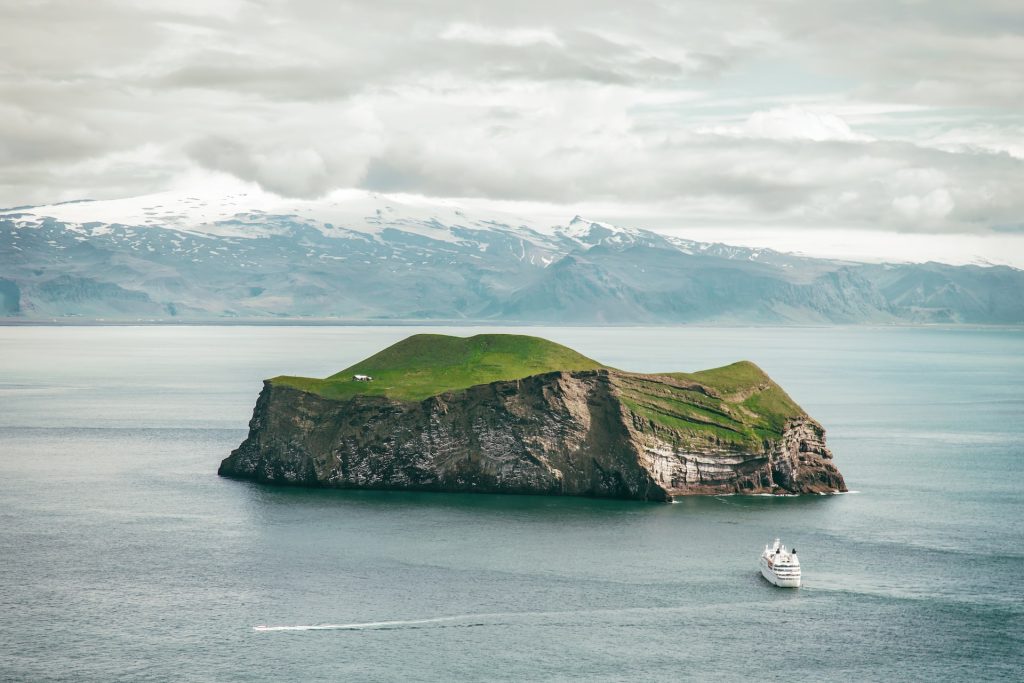
The Westfjords area
The Westfjords are Iceland’s most remote and unspoilt region. Even in summer, you can easily find a quiet spot to yourself. The fjords themselves are idyllic, but take advantage of those empty roads to venture further afield. Try to make time for Ísafjörður, the regional capital, and the quirky Museum of Icelandic Sorcery and Witchcraft in Hólmavík with its often gruesome collection of exhibits.
Nature lovers will be drawn by the myriad birdlife of the Látrabjarg bird cliffs and remote Hornstrandir, a depopulated nature reserve accessible by boat where you might catch sight of an Arctic fox. The red sands of Rauðasandur Beach are dazzling under a blue sky, but the serene Westfjords will get under your skin no matter what the weather’s got up its sleeve.
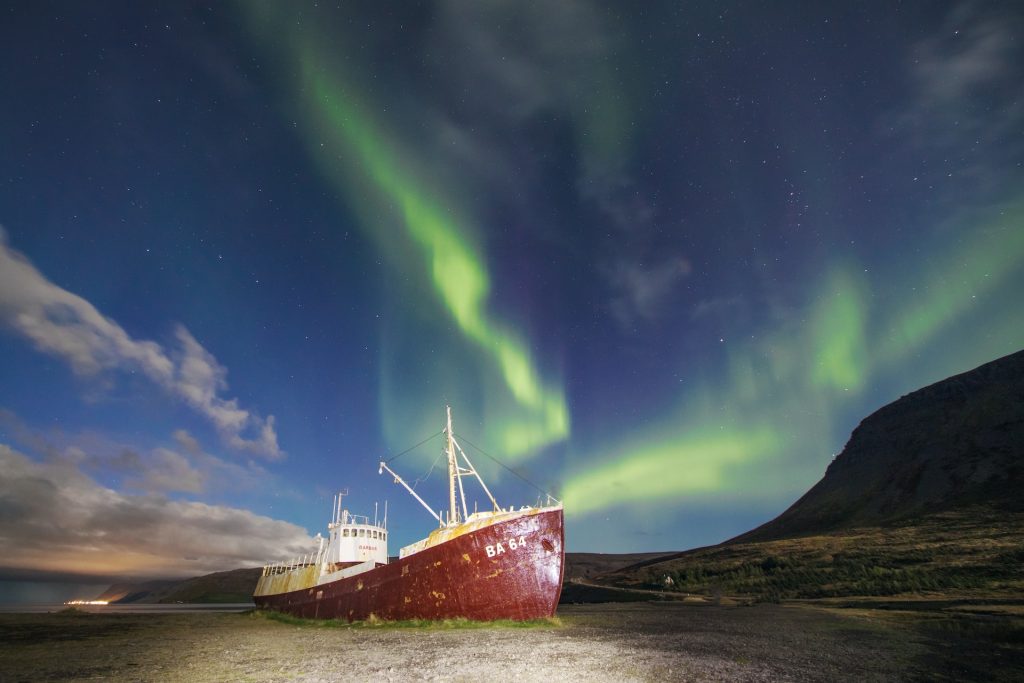
The Highlands of Iceland (summer only)
Iceland’s highland interior is off-limits for much of the year but if you visit in summer (between June and August), then it’s a remote wilderness that you’ll be eager to explore. As the area is criss-crossed by a network of F roads, you’ll need a 4×4. In fact, some roads are in such bad shape that you’ll need one with high clearance or, where the route involves fording rivers, a place on a tour.
If you’re here on a brief overnighter, the rhyolite mountains and geothermal pools of Landmannalaugar are a must. Between here and the ring road is Þórsmork – the name means Thor’s valley. Here, towering moss-covered cliffs flank canyons occupied by tiny streams. If you’re a fan of unspoilt nature, this will tick all the boxes.
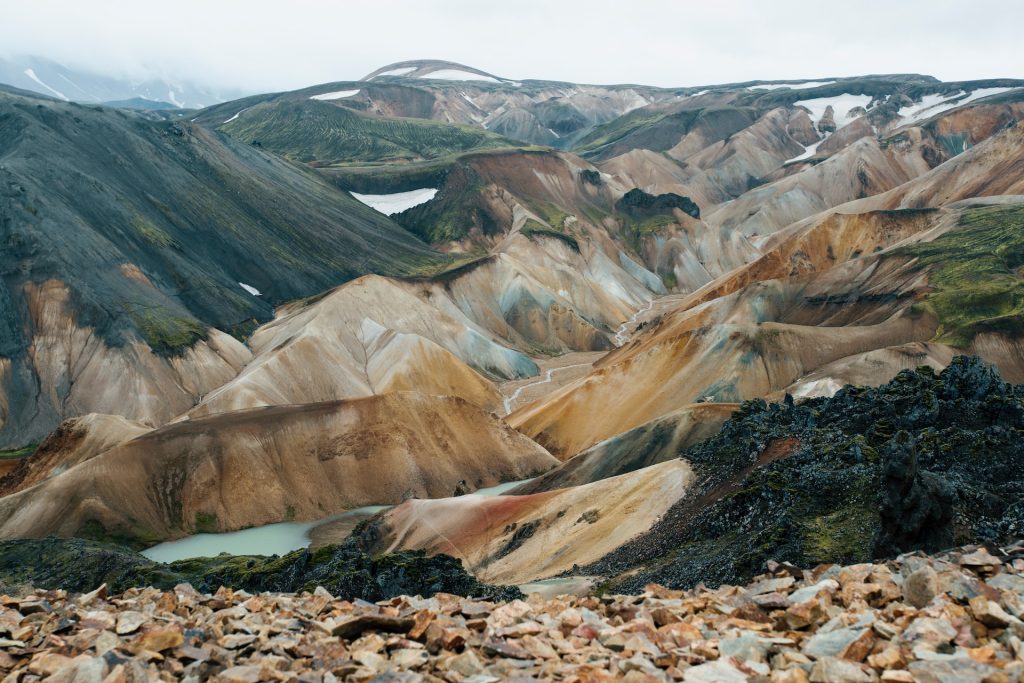
Close to the Iceland airport: Reykjanes
Anyone who lands at Keflavik International Airport or who’s paid a visit to the Blue Lagoon can say they’ve been to the Reykjanes Peninsula. But this wild and windswept region deserves more than a quick dash through it. Check out the Bridge Between Continents, where the rift between the North American and Eurasian tectonic plates is plainly evident. This is also where you’ll find Fagradalsfjall volcano, which famously sprang into life with a surprise eruption which lasted for half of 2021. Though the lava flows have cooled and the volcano’s subsided into a slumber, the changes to the landscape make an interesting focus for a hike.
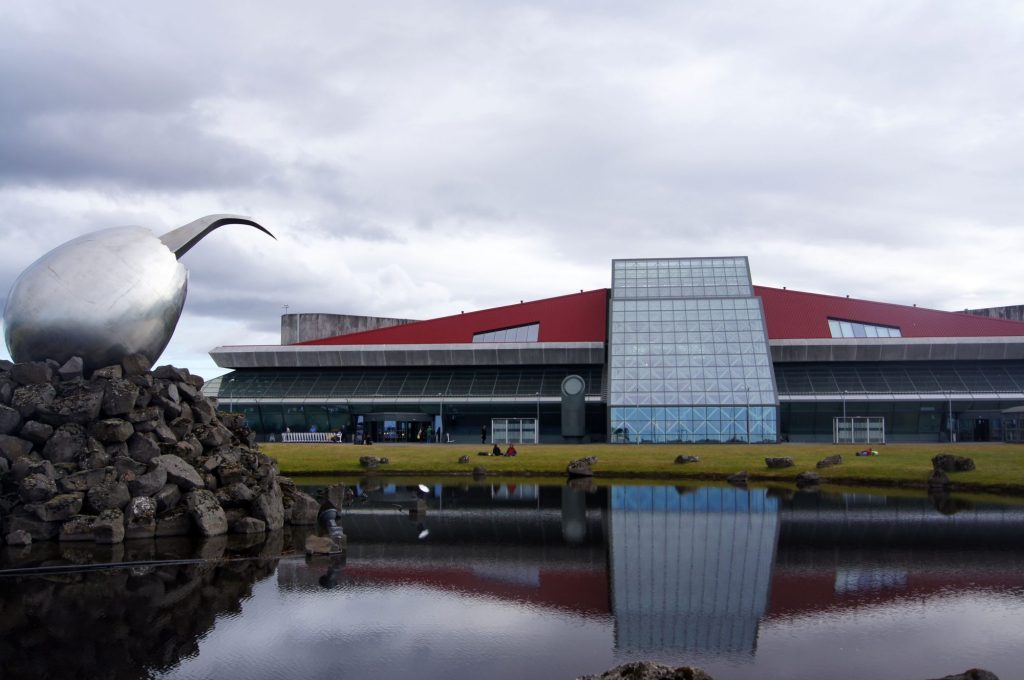
So, how long does it take to drive around Iceland?
As you’ll now no doubt appreciate, that question isn’t as straightforward to answer as you might think. In our opinion, you should try to stretch both time and budget to a week. Can you drive around Iceland in one day? Of course, but we recommend seven days – or more, if possible. By setting aside a week or more, you’ll have seen many of Iceland’s highlights and have a feel for why the Land of Fire and Ice attracts so many repeat visitors. Travel’s all about making memories, and in Iceland’s case, you won’t want to rush the trip of a lifetime just to say you’ve driven around the country in a day. Even a couple of weeks will leave you wanting more, but you can always come back for a second visit if you haven’t managed to fit everything in the first time around.
